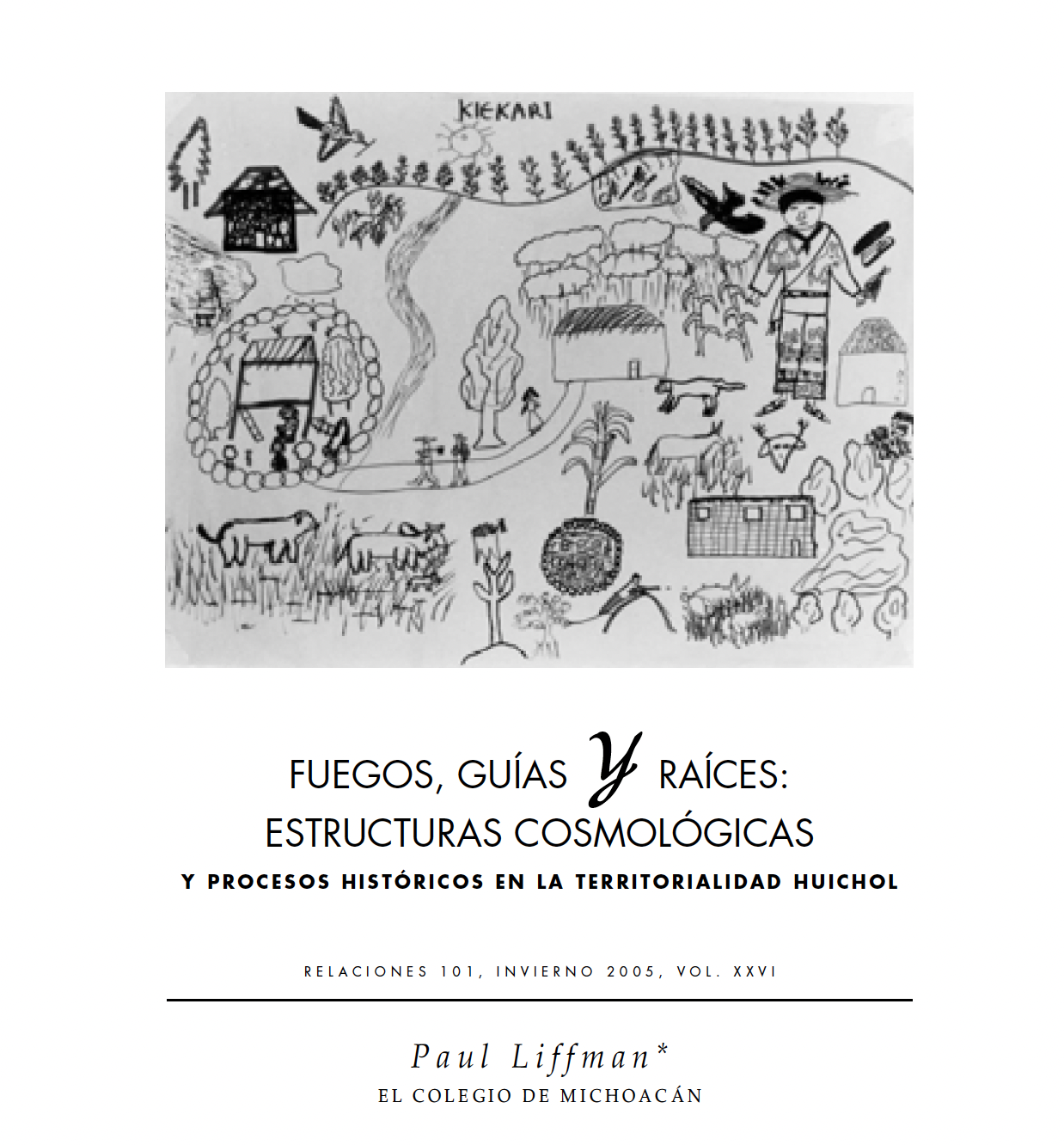Fires, Vines and Roots: Cosmological Structures and Historical Processes in Huichol Territoriality
The cultural process of legitimation ("registry") of Wixarika land tenancy is analyzed with relation to the historical expansion and contraction of their residency patterns. The focus is on the social practices and relationships implicated in the concepts of Tatewarí (ceremonial fire), nana (vine or climbing plant) and nanayari (rootedness). Said residency pattern is rooted in the rancherías (kite) dispersed but organized hierarchically based on the synecdoche surrounding 20 large native temples (tukite) across 5,000 square kilometers of the Western Sierra Madre. Through ceremonial, political and economic discourses and practices, land tenancy is based and renovated around a cultural territory of 90,000 square kilometers of western and central-north Mexico, an area that has functioned as a sphere of exchange since the postclassic period.
Key words: Territoriality, pattern of residency, land tenancy, rancherías, kinship, ritual.
Read full Spanish-language article here.






